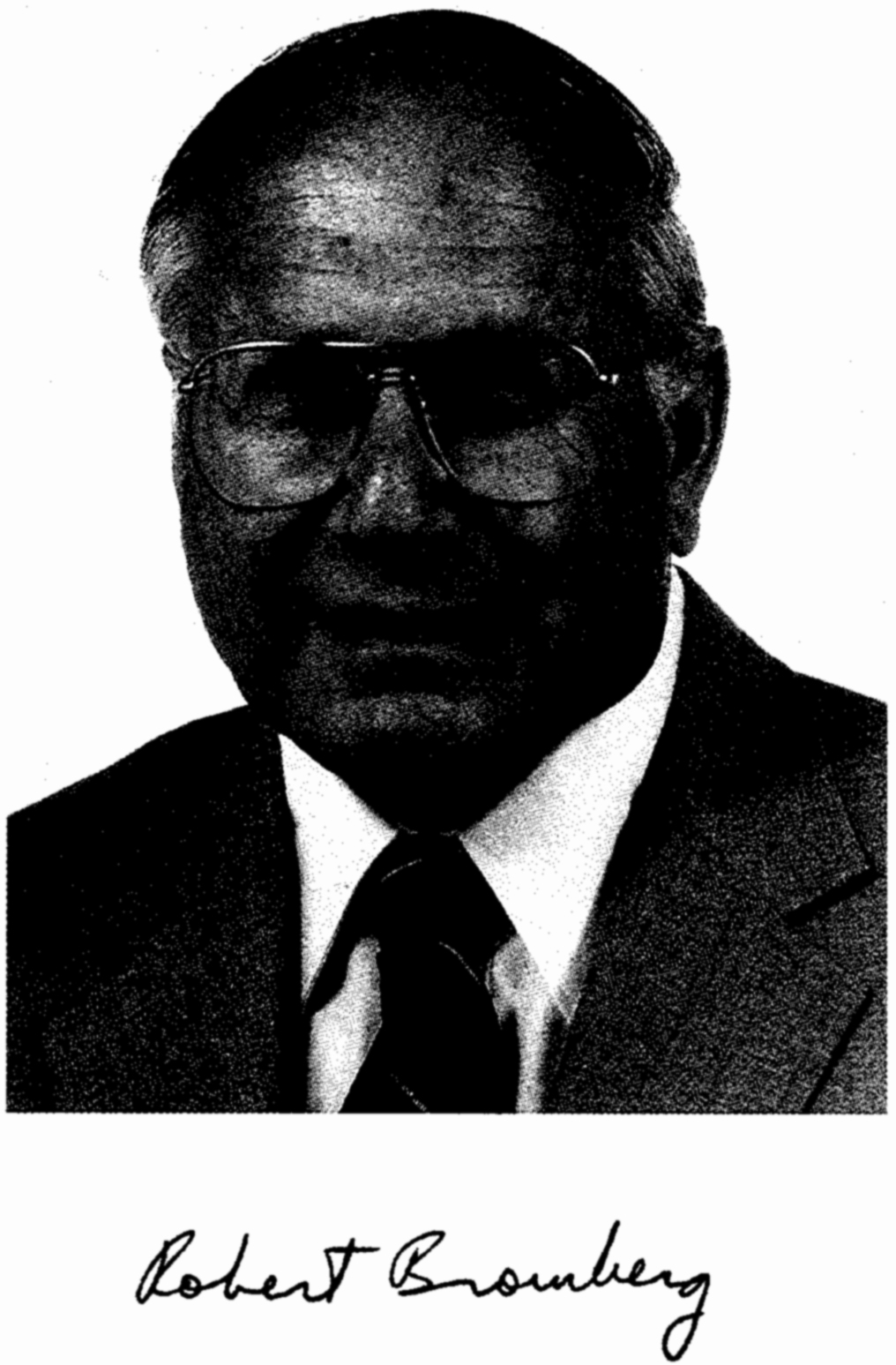Page 19
MARCEL LOUIS J. BARRÉRE
1920–1996
BY STANFORD S. PENNER
AFTER A DISTINGUISHED CAREER AS A RESEARCHER, teacher, and administrator, Marcel Barrére died of a heart attack at his vacation residence in Saint Tropez, France, on August 25, 1996, in the company of his lifelong companion, scientific collaborator, and spouse, Simone. He is also survived by two grandsons for whom Marcel and Simone had provided a home since the untimely death of their only daughter, Hélène, about five years ago.
Marcel was born on August 19, 1920, at Saint-Lys, France. He obtained his first degree from the Université de Toulouse in 1942 and his doctorate at the Centre Supérieure de Mécanique de Paris in 1951. He began his professional career soon after the end of World War II at the Office National d'E'tudes et de Recherché Aéronautique (ONERA), (later Aérospatiales) serving successively as research engineer (1944 to 1954), head of a research group (1958 to 1970), chief of the Chemical Propulsion Division (1958 to 1970), coordinator for propulsion systems (1970 to 1972), head of the Energetics Department (1972 to 1979), director of research (1979 to 1985), and subsequently as senior adviser until the time of his death. He was a frequent and widely acclaimed teacher during his periodic services as professor lecturing on combustion and rocket propulsion at the École Nationale Superieure de l'Aéronautique (1958 to 1970), on the same topic renamed (by Theodore von Kármán) aerothermochemistry at the École Nationale des Mines de Paris
Page 20
(1965 to 1974), on thermoeconomy at the Institut National Polytechnique de Toulouse (1970 to 1975), and on combustion and transport phenomena at the Université Libre de Bruxelles (1960 to 1985). He also carried an academic title at the École Polytechnique de Paris (1970 to 1984).
Marcel was a tireless worker, a highly original researcher, an outstanding teacher, a superb administrator, and a kind and generous friend to his numerous students, associates, colleagues, and visitors. These traits and abilities allowed him to serve in many important capacities as his research interests encompassed larger areas of knowledge, including energy uses and supplies, renewable energy technologies and irreversible thermodynamics, as well as his primary areas of research in combustion and propulsion. He was author or coauthor of seven books and 117 original research papers.
His administrative services included terms as vice-president of the International Academy of Astronautics, president of the International Aeronautical Federation, chairman of the French Section of the International Combustion Institute, president of both a solar energy laboratory and a wind energy committee. The importance of his original research contributions was acknowledged by election as a corresponding member of the French Academy of Sciences (mechanics section), foreign associate of the National Academy of Engineering, and full member of the International Academy of Astronautics. He served on editorial advisory boards and as associate editor of several publications. His list of honors attests to the importance of his contributions and includes the following: Chevalier de la Légion d'Honneur, Officier du Mérite National, Officier des Palmes Académique, Médaille de l'Aeronautique, Médaille de l'Université Libre de Bruxelles, and Prix Plumey (1960) and Prix Paul Doistau-E'mile Blutet (1975) from the French Academy of Sciences.
Marcel became an internationally recognized leader of the combustion and propulsion research and development community during the early 1950s. He did so with his first appearance at a conference of the NATO Advisory Group for Aeronautical (later Astronautical) Research and Development (AGARD),
Page 21
which had been formed under the direction of Theodore von Kármán during the early 1950s. As one of the first two members of the U.S. contingent of the Combustion and Propulsion Panel, I remember well the beautiful lecture Barrére delivered so clearly and detailed so explicitly that no translator was needed to amplify his meaning. In his early lectures, Marcel developed the approach to the superb 846-page exposition, Rocket Propulsion, of which he was senior author in collaboration with his Belgian colleagues and friends (A. Jaumotte, B. Fraeys de Veubeke, and J. Vandenkerckhove). This publication appeared during the period 1960 to 1962 in French, German, and Russian editions and remains a classic in the field to this day. Of comparable impact was the 791-page 1967 AGARD publication on Fundamental Aspects of Solid Propellant Rockets (coauthored with F.A. Williams and N.C. Huang). These publications were soon followed by other distinguished monographs dealing with shock waves and various combustion topics. Barrére's research publications during the period 1952 to 1990 are pacing summaries of our improving understanding of combustion and propulsion phenomena.
During the last decade of his career, Marcel became interested in energy management, energy supplies, and associated issues and published a number of incisive contributions on these topics while maintaining his active research programs on propulsion issues and advances, turbulent combustion, and other frontier research areas of aerothermochemistry.
Marcel and his wife, Simone, were wonderful hosts and made many visitors enjoy the special charms of Paris from a glass of nonalcoholic sherry at Le Lapin a Gil to a gourmet dinner on the West Bank. His calm, considerate, intelligent, and efficient management of personal and business affairs will be remembered and missed by his many friends and colleagues. His scientific and research contributions will continue to enrich the lives of his former students and collaborators and benefit new generations of researchers who study his publications.





